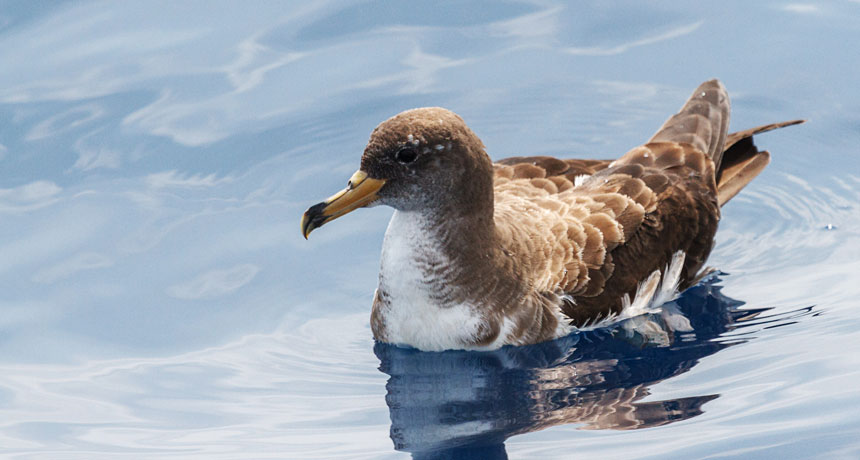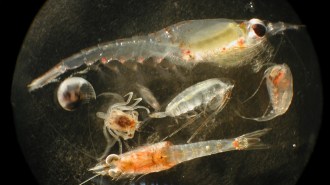Floating seabirds provide a novel way to trace ocean currents
Data from GPS trackers on shearwaters matched those collected by buoys and other tools

FEATHERED BUOY Seabirds floating on the ocean like this Scopoli’s shearwater act a lot like buoys, a trait that researchers can exploit to better understand ocean currents and wind patterns.
SEO/Birdlife




